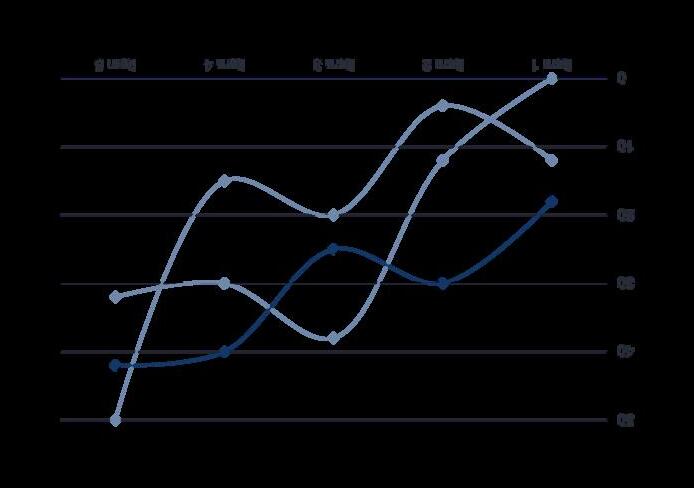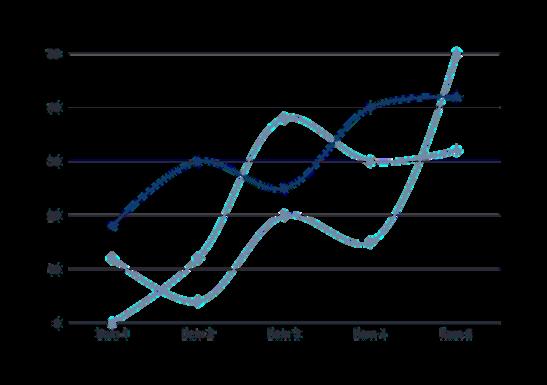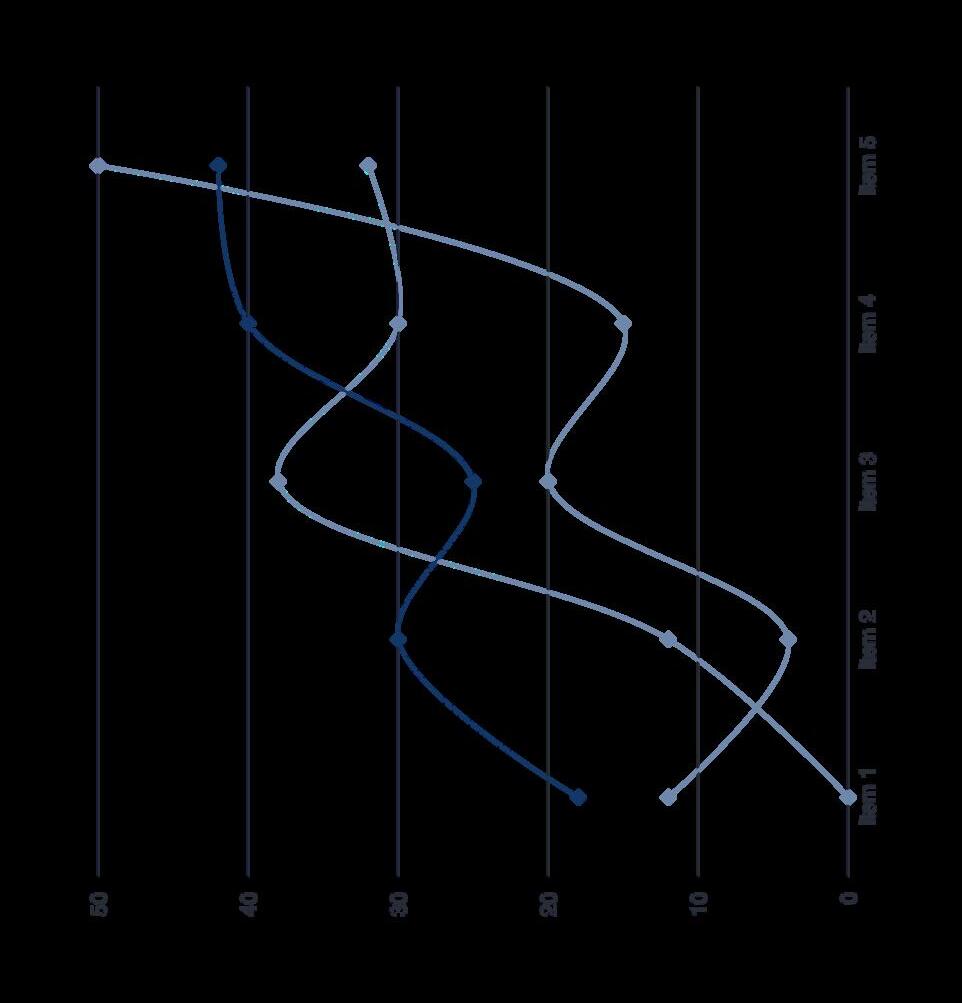












The global synthetic bioinks market size was valued at USD 684.7 million in 2024. The market is projected to grow from USD 774.8 million in 2025 to USD 1.84 billion by 2032, exhibiting a CAGR of 13.1% during the forecast period.
Synthetic bioinks are advanced biomaterials engineered to replicate the extracellular matrix (ECM), providing structural and biochemical support for cell growth in 3D bioprinting applications. These materials are composed of synthetic polymers, hydrogels, or hybrid formulations that facilitate cell adhesion, proliferation, and differentiation - critical for creating functional tissues.







USD 684.7 million in 2024
2032 USD 1.84 billion by 2032
CAGR of 13.1%


Matrix Bioinks Dominate the Market Due to Superior Cell Adhesion Properties in 3D Bioprinting
The market is segmented based on type into:

Matrix Bioinks
Subtypes: Hydrogel-based, Alginate-based, and others
Sacrificial Bioinks
Support Bioinks
Subtypes: Thermoplastic-based and others
Others





Tissue Engineering Leads as Synthetic Bioinks Enable Complex Organoid Development
The market is segmented based on application into:
Tissue Engineering
Drug Delivery
Medical Diagnostics and Biosensors
Structural Genomics
Others


https://www.24lifesciences.com

BICO (Sweden)
Merck KGaA (Germany)
Bio-Inx (Belgium)
UPM Biomedicals (Finland)
Allevi (U.S.)
Humabiologics (U.S.)
Foldink (France)









